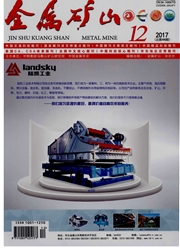

 中文摘要:
中文摘要:
Panzhihua 城市(26
 英文摘要:
英文摘要:
Panzhihua city (26°O5'-27°21'N, 101°OS'- 102°15'E), located in a mountainous area, is one of the large cities in Sichuan province, China. A landslide occurred in the filling body of the eastern part of the Panzhihua airport on October 3, 2009 (hereafter called the lo.3 landslide). We conducted field survey on the landslide and adopted emergency monitoring and warning models based on the Internet of Things (loT) to estimate the losses from the disaster and to prevent a secondary disaster from occurring. The results showed that four major features of the airport site had contributed to the landslide, i.e, high altitude, huge amount of filling rocks, deep backfilling and great difficulty of backfilling. The deformation process of the landslide had six stages and the unstable geological structure of high fillings and an earthquake were the main causes of the landslide. We adopted relative displacement sensing technology and Global System for Mobile Communications (GSM) technology to achieve remote, real-time and unattended monitoring of ground cracks in the landslide. The monitoring system, including five extensometers with measuring ranges of 200, 450 and 7oo mm, was continuously working for 17 months and released 7 warning signals with an average warning time of about 26 hours. At 10 am on 6 December 2009, the system issued a warning and on-site workers were evacuated and equipment protected immediately. At 2:20 medium-scale collapse monitoring site, which proved the reliability pm on 7 December, a occurred at the No. 5 justified the alarm and and efficiency of the monitoring system.
 同期刊论文项目
同期刊论文项目
 同项目期刊论文
同项目期刊论文
 期刊信息
期刊信息
